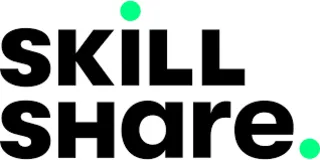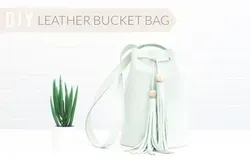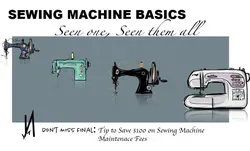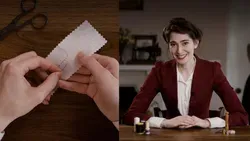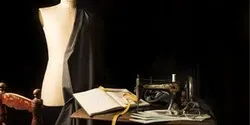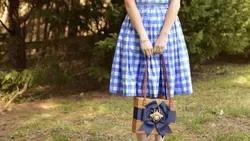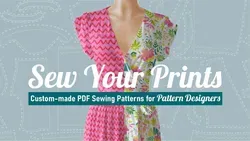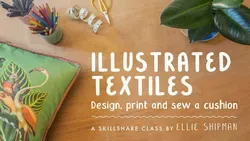
Illustrated Textiles: Design Print and Sew a Cushion

This course teaches students how to create a unique cushion cover using their own artwork. Through the process of designing, printing and sewing, participants will be able to bring their artwork to life and create a beautiful cushion for their home or as part of their creative practice.▼
Course Feature
![]() Cost:
Cost:
Free Trial
![]() Provider:
Provider:
Skillshare
![]() Certificate:
Certificate:
Paid Certification
![]() Language:
Language:
English
![]() Start Date:
Start Date:
On-Demand
Course Overview
❗The content presented here is sourced directly from Skillshare platform. For comprehensive course details, including enrollment information, simply click on the 'Go to class' link on our website.
Updated in [February 21st, 2023]
(Please note the following content is from the official provider.)
In this class you will learn how to design, print and sew your own illustrated cushion cover.
You will see your own artwork come to life on fabric, then create a cushion for your own home or as a new strand of your creative practice.
If you are an illustrator, artist or creative soul who would love to explore textiles as a creative output then this class is for you.
Prior basic machine sewing experience is desirable but not essential, you can still send the fabric to print then hand sew it!
This class is your opportunity to see your artwork on fabric. I will take you through the steps to research your interior space, make a moodboard for your design; draw, collage and play with different drawing techniques; prepare your digital artwork for printing on textiles; and finally sew and make your own cushion.
These skills will complement other areas of your creative practice, and open new avenues for you to explore. Once you have started digitally printing fabric, there's no end to what you could make - clothes, bedding, wall hangings and so much more!
Materials / Resources
You will need:
Your laptop
A a design programme, I will be using Photoshop and Illustrator, but you could use Procreate or another you are familiar with.
InDesign to use the templates, or open the PDFs and make your own versions.
A camera or phone to take photos with.
Black marker or thick drawing pens and white paper.
A phone or scanner to upload drawings to a laptop.
A sewing machine or hand sewing needles and thread.
A 45 x 45cm cushion inner pad.
You will need to purchase your digitally printed fabric in a 'fat quarter' size (72cm x 50cm) of around £10 - 15 GBP (depending on your fabric choice) plus postage.
Templates:
Moodboard - InDesign Template and JPEG (to use in Google Drawings if you do not have InDesign)
Thumbnail Sketches - InDesign Template and JPEG
Cushion Pattern - InDesign Template and JPEG
Why you should join!
I am a participatory artist and illustrator with ten years experience facilitating workshops with communities of diverse ages and backgrounds. I love encouraging others to discover new ways to be creative and to broaden their own perspective of their creative practice. If you would like to get inspired, learn new ways to explore illustration and discover the world of illustrated textiles then come and get involved!
Thank you and I look forward to seeing you in the class!
(Please note that we obtained the following content based on information that users may want to know, such as skills, applicable scenarios, future development, etc., combined with AI tools, and have been manually reviewed)
This course provides an introduction to the world of illustrated textiles. It covers the steps to research your interior space, make a moodboard for your design; draw, collage and play with different drawing techniques; prepare your digital artwork for printing on textiles; and finally sew and make your own cushion. It is suitable for illustrators, artists or creative souls who would love to explore textiles as a creative output.
Possible Development Directions:
This course provides a great starting point for those interested in exploring illustrated textiles. After completing the course, learners can further develop their skills by experimenting with different fabrics, printing techniques, and sewing methods. They can also explore other applications of illustrated textiles, such as clothes, bedding, wall hangings, and more.
Related Learning Suggestions:
Learners can also look into other related courses to further develop their skills. For example, they can take courses on digital illustration, fabric printing, and sewing. They can also look into courses on interior design, color theory, and other related topics. Additionally, they can join online communities and forums to connect with other textile artists and learn from their experiences.
Pros & Cons
-

Well organized
-

Clear language
-

Good teaching method
-

Inspiring
-

Step by step instructions
-

Tangible output
-

No Photoshop/Illustrator lesson
-

Intimidating Illustrator
Course Provider
